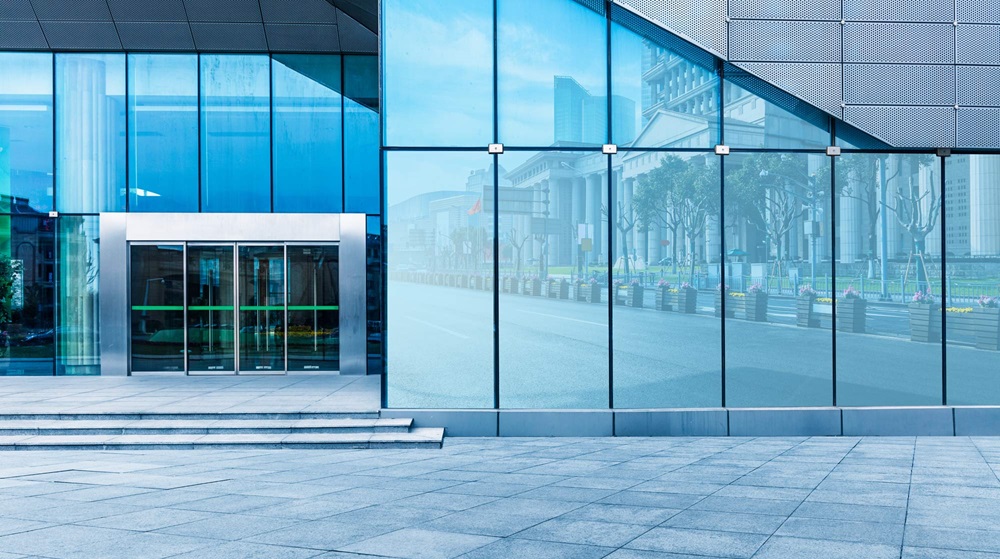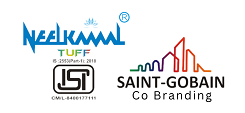
Exploring Reflective Glass: Uses, Characteristics, and Fascinating Facts
Reflective glass, also known as coated or mirrored glass, is a specialized type of architectural glass that features a reflective coating on one surface. This unique characteristic allows reflective glass to reflect a significant portion of incoming solar radiation, reducing heat gain and glare inside buildings while maintaining transparency. In this comprehensive guide, we will delve into the characteristics, uses, and intriguing facts about reflective glass, highlighting its importance in modern architecture and design.
Characteristics of Reflective Glass:
Reflectivity: The primary characteristic of reflective glass is its ability to reflect a portion of incident light, reducing solar heat gain and glare inside buildings.
Transparency: Despite its reflective properties, reflective glass maintains transparency, allowing natural light to penetrate the building interior and providing occupants with views of the surrounding environment.
Solar Control: Reflective glass helps control solar heat gain by reflecting a significant portion of infrared radiation, thereby reducing the need for artificial cooling and improving energy efficiency.

Aesthetic Appeal: Reflective glass adds a sleek and modern aesthetic to buildings, with its mirrored surface enhancing the visual appeal of facades and creating a striking architectural statement.
Privacy: Reflective glass offers privacy during the daytime by reflecting light and reducing visibility from the exterior, making it ideal for office buildings, commercial spaces, and residential properties.
UV Protection: Some types of reflective glass feature a low-emissivity (low-E) coating that blocks ultraviolet (UV) radiation, protecting interior furnishings, artwork, and occupants from harmful UV rays.
Customization: Reflective glass can be customized with various tinted coatings, colors, and levels of reflectivity to meet specific design requirements and aesthetic preferences.
Uses of Reflective Glass:
Building Façades: Reflective glass is commonly used in building façades to create visually striking exteriors while providing solar control and energy efficiency benefits.
Curtain Walls: Reflective glass curtain walls offer architects and designers flexibility in creating dynamic, light-filled spaces while mitigating solar heat gain and glare.
Windows and Doors: Reflective glass windows and doors enhance the aesthetics of residential and commercial properties while providing privacy and solar control benefits.
Skylights: Reflective glass skylights allow natural light to enter interior spaces while minimizing heat gain, creating bright and comfortable environments.
Sunrooms and Conservatories: Reflective glass is used in sunrooms and conservatories to create bright, inviting spaces that are thermally comfortable year-round.
Office Buildings: Reflective glass is a popular choice for office buildings, providing occupants with daylighting, views, and energy-efficient performance.
Greenhouses: Reflective glass is utilized in greenhouses to regulate light levels and temperature, creating optimal growing conditions for plants while minimizing heat buildup.
Fascinating Facts about Reflective Glass:
Reflective glass was first developed in the mid-20th century as a solution to control solar heat gain and glare in buildings.
The reflective coating applied to glass surfaces is typically made of metal oxides such as titanium dioxide or silver, which impart the desired reflective properties.

Reflective glass can significantly reduce cooling costs in buildings by reducing the need for air conditioning and mechanical cooling systems.
The color and reflectivity of reflective glass can vary depending on the type and thickness of the coating, as well as the angle of incidence of light.
Reflective glass is a popular choice for skyscrapers and high-rise buildings due to its ability to enhance energy efficiency and reduce the urban heat island effect.
Reflective glass is often used in conjunction with other glazing technologies, such as double glazing or low-E coatings, to further improve thermal performance and comfort.
Reflective glass is recyclable and can be repurposed or reused in various applications, contributing to sustainability efforts in the construction industry.
Reflective glass is a versatile and functional building material that offers numerous benefits in terms of solar control, energy efficiency, and aesthetics. From reducing heat gain and glare to enhancing privacy and visual appeal, reflective glass plays a vital role in modern architecture and design. As sustainability and energy efficiency continue to be key considerations in building construction, the demand for reflective glass is expected to grow, driving innovation and advancements in glass manufacturing technology. With its unique properties and myriad applications, reflective glass will remain a cornerstone of contemporary architectural design for years to come.





